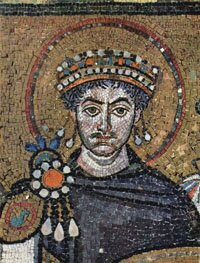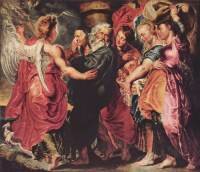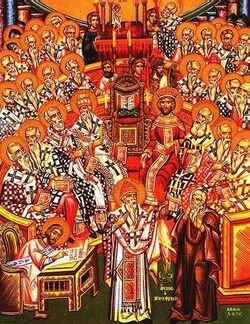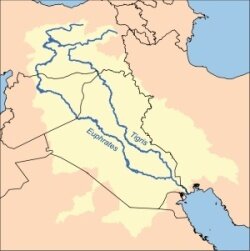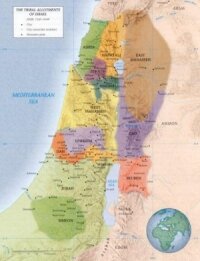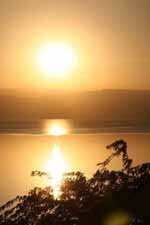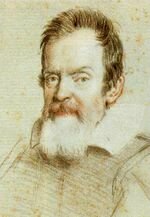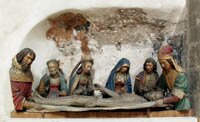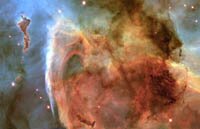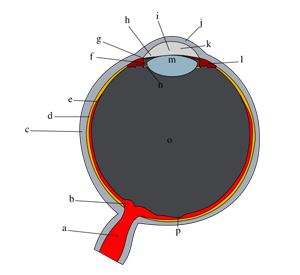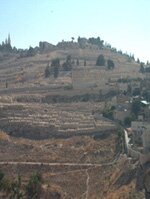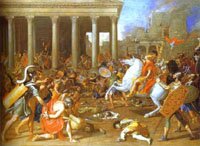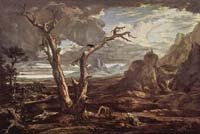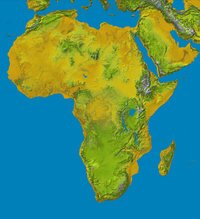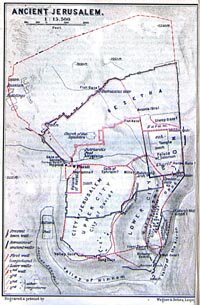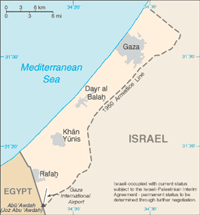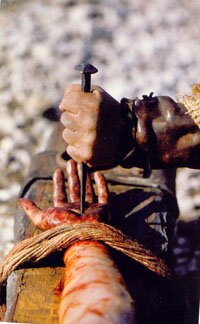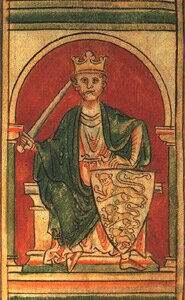 The Gaza Strip is a narrow coastal strip of land along the Mediterranean, in the Middle East. It takes its name from Gaza, its main city, and has about 1.4 million residents, all Palestinians, in an area of 360 km².
The Gaza Strip is a narrow coastal strip of land along the Mediterranean, in the Middle East. It takes its name from Gaza, its main city, and has about 1.4 million residents, all Palestinians, in an area of 360 km².The Gaza Strip is not currently recognized internationally as a de jure part of any sovereign country. According to the international community the Gaza Strip is occupied by Israel. The Israeli government disputes this, especially after the withdrawal of Israel and the liquidation of its settlements in the strip in 2005.
The main city, Gaza, is mentioned at least 22 times in the bible.
Genesis 10:18-20 Deuteronomy 2:22-24 Joshua 10:40-42 Judges 1:17-19, etc.
Israel controls the Gaza strip's airspace and offshore maritime access. The Strip itself and its population is under the jurisdiction of the Palestinian Authority, which also operates the Strip's Rafah border crossing into Egypt under European Union supervision. The crossing has been closed due to Israeli demands since June 2006, after Israel recaptured parts of the Strip.
